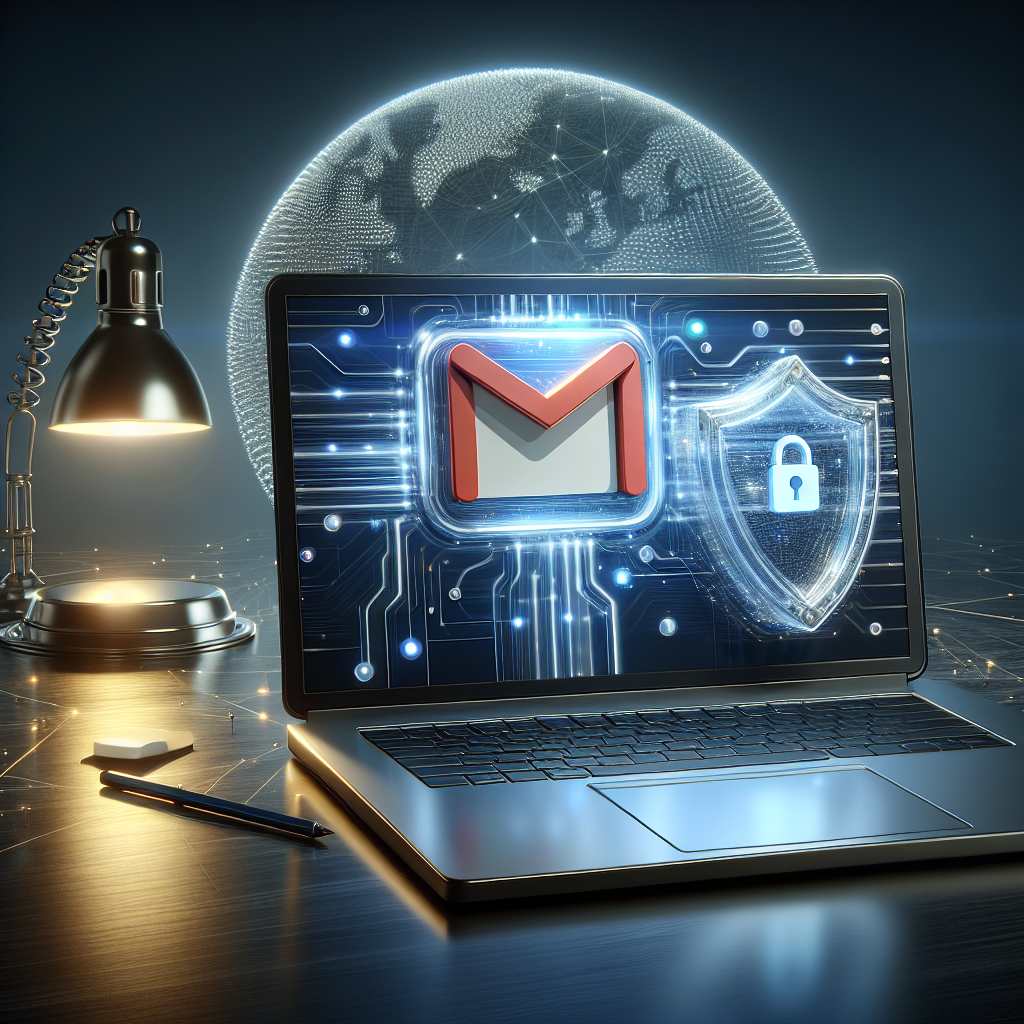Analysis
Google’s refreshed approach to email security comes at a time when cyber threats are growing not just in volume, but also in sophistication. By integrating stricter authentication checks and empowering users with clearer warning signals, Gmail is taking a significant step forward in proactive threat mitigation. But what does this mean for everyday users—and more importantly—for businesses that depend on email-related communication daily?
For starters, the DMARC-based warning system isn’t just a security feature; it’s an education tool. Many users don’t know how phishing attacks work or what a spoofed domain looks like. With visible red flags built into the interface, Gmail allows its users to learn security best practices organically. This increases digital literacy and reduces the chances of successful attacks.
Second, by encouraging domain owners to set up SPF (Sender Policy Framework), DKIM (DomainKeys Identified Mail), and DMARC policies, Google is leading the charge toward universally-authenticated emails. This push could help clean up the broader email ecosystem, especially for small to medium enterprises that are often targets of impersonation schemes.
“Any step towards mandatory domain authentication is, simply put, a game-changer in email security.”
Jessica Snyder, Cybersecurity Analyst at InfoSec Global
Interestingly, this Gmail update also reflects wider industry trends. Many cybersecurity firms are now integrating machine learning algorithms to stay ahead of attack curves. Google has already been using AI to scan for spam, but this update integrates more nuanced behavioral detection, indicating new levels of adaptability.
Gartner’s 2023 report predicts that by 2025, 80% of data breaches will involve human error—most commonly from phishing. The enhanced Gmail system could act as a buffer, addressing this human vulnerability by creating more robust automatic filters and education-based alerts.
We might also see similar security practices being adopted by other email service providers. Once Google sets a precedent, the rest of the market typically follows. Expect competitors like Microsoft Outlook and ProtonMail to ramp up their own authentication incentives to keep pace with these innovations.
From a user standpoint, these changes won’t demand much action beyond paying attention to warning signs and, for domain managers, setting up or reviewing authentication protocols. The trade-off between minor setup and long-term email protection is, quite obviously, worth it.
Sources
Original Source: Google News – Gmail Security Warning
Disclaimer
This post was written with the help of AI tools and includes an AI-generated image. Content has been fact-checked and edited by a human author.












